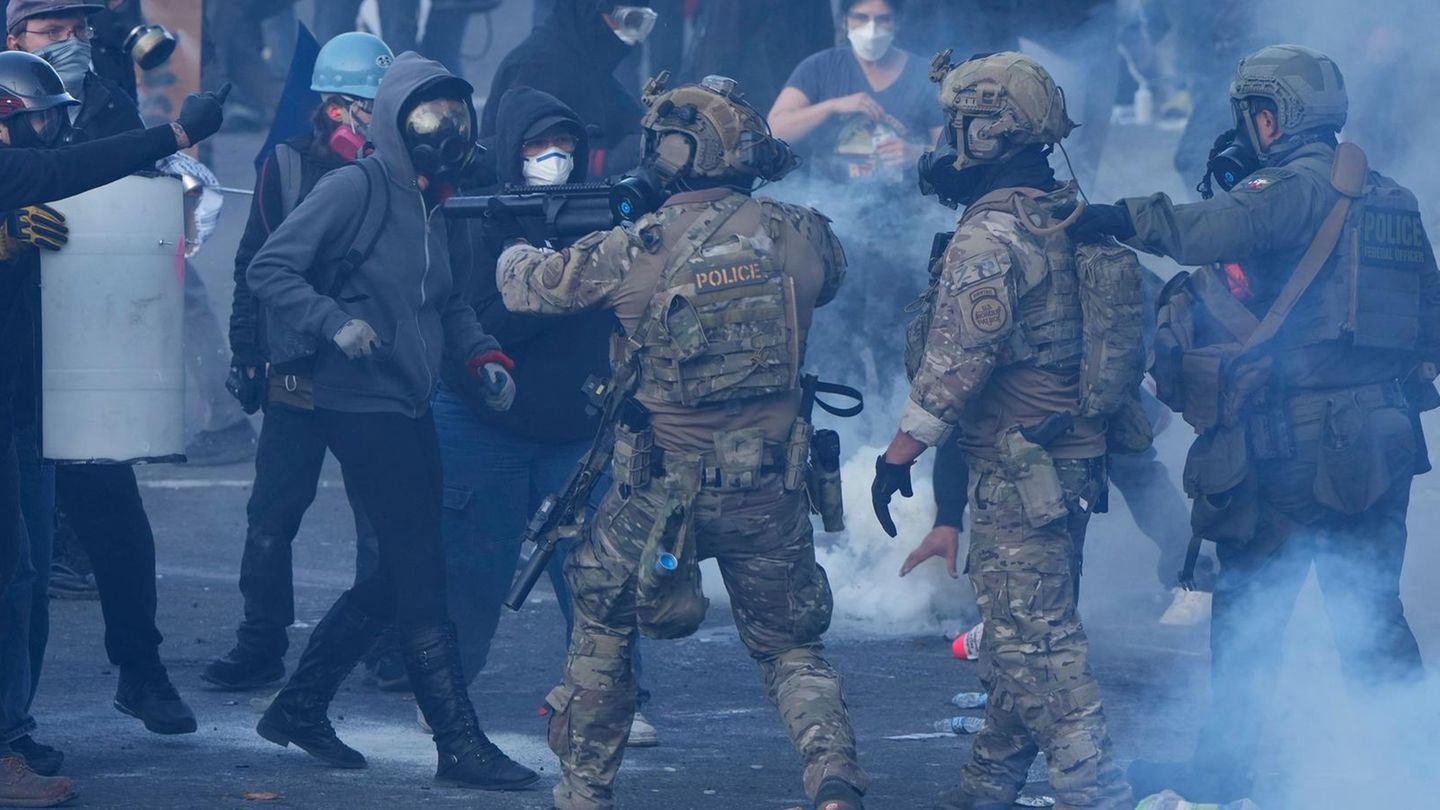In addition to the settlement of the snow grains by pressure and gravity, they are decisive for the formation of individual layers of a snow cover. The more different the consistencies of two layers are, the easier it is for the binding to “tear” and this process to trigger a slab avalanche. Around 90 percent of the avalanche accidents in the ski tourism area are caused by such solid snow avalanches. Types of snow that are particularly dangerous are wind-influenced pack snow, very water-containing stick snow, floating snow, which acts like a ball bearing in the ground area, ice lamellae as a snow-covered sliding layer or surface hoar, which when covered with pack snow is considered a highly dangerous intermediate layer.
- At least four people died in an avalanche in Spiss (Tyrol) on Friday
Despite security measures, signs and warnings, most victims still die through carelessness. Even a slope, no matter how peaceful it may seem to you, can turn out to be a deadly trap in a matter of seconds. If you are traveling alone, the chance of survival drops to zero. Without eyewitnesses to the accident, it is usually impossible to rescue those buried in time. Around 90 percent of avalanche accidents involving skiers could be avoided – if the most elementary rules were followed.
Due to the large tensile and twisting forces that arise because snow masses on the surface move faster than those below, around 20 percent of all buried people die before the avalanche has come to a standstill. After 30 minutes, only around 30 percent are still alive, with the majority succumbing to their injuries, suffocating or freezing to death after another hour and a half. According to experts, more than two hours after the release of an avalanche, on average only three percent of those buried are recovered alive.
Source: Nachrichten




